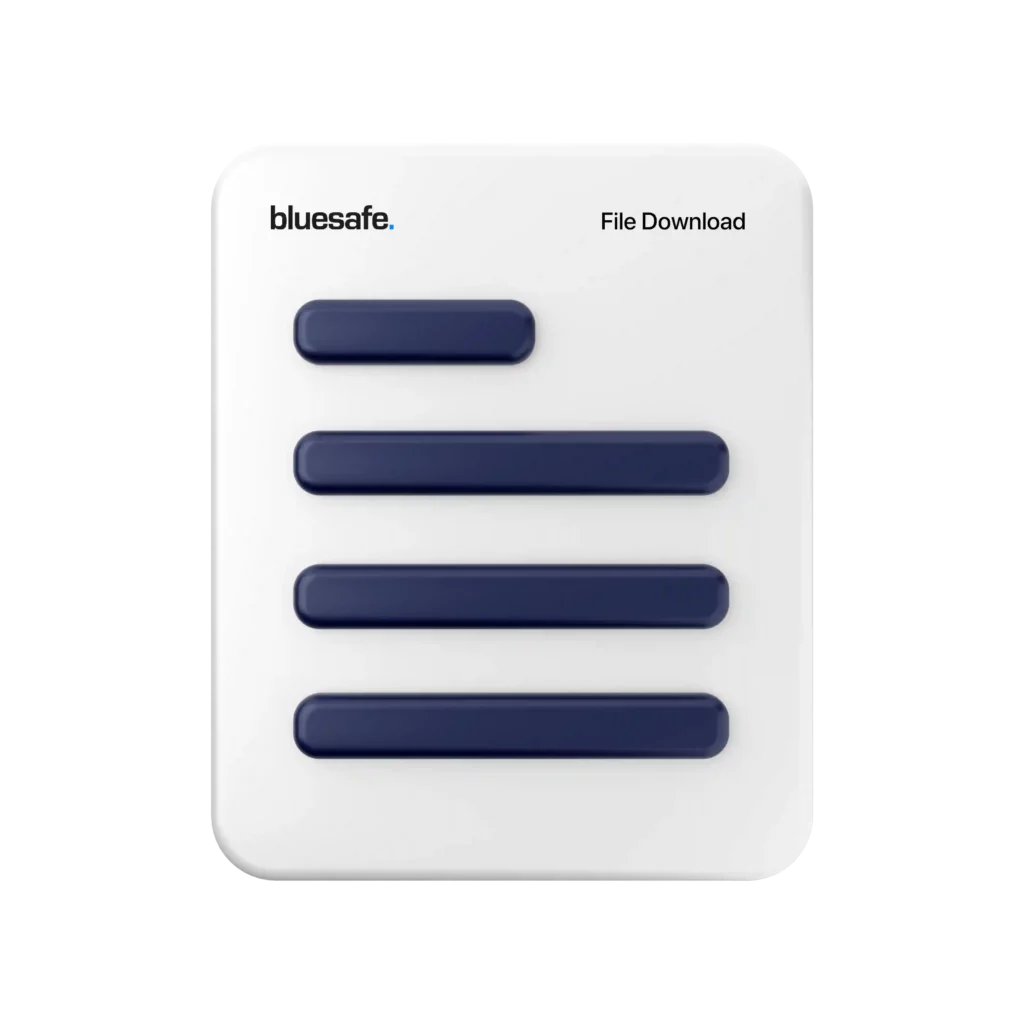For those of you who may not know, a SWMS is a document that outlines the high-risk tasks that workers will be undertaking on a job site. It identifies the hazards associated with those tasks and details the controls that will be put in place to mitigate those risks. SWMS is a legal requirement in many industries, so it’s important to get it right.
Let’s take a look at some examples of SWMS for different industries:
- Construction Industry
The construction industry is one of the most high-risk industries out there. There are a lot of hazards associated with construction work, including falls from heights, electrocution, and the use of heavy machinery. That’s why SWMS is so important in this industry.
A SWMS for construction work might include details on how to safely erect scaffolding, how to work safely at heights, how to use power tools, and how to operate heavy machinery. It might also include details on how to safely handle hazardous materials, such as asbestos or lead.
- Electrical Industry
The electrical industry is another industry that comes with a high degree of risk. Electricians work with live electrical wires and are at risk of electrocution. They also work at heights and are at risk of falls. That’s why a SWMS is essential in this industry.
A SWMS for electrical work might include details on how to safely work with live wires, how to work at heights safely, and how to use personal protective equipment (PPE) such as gloves, safety glasses, and hard hats. It might also include details on how to safely work in confined spaces and how to safely use ladders and scaffolding.
- Mining Industry
The mining industry is another high-risk industry that requires SWMS. Workers in this industry are at risk of a range of hazards, including cave-ins, equipment failure, and exposure to hazardous materials.
A SWMS for mining might include details on how to safely use heavy machinery, how to work safely at heights, and how to safely handle hazardous materials. It might also include details on how to safely operate blasting equipment and how to work in confined spaces.
- Manufacturing Industry
The manufacturing industry is a diverse industry that can cover a wide range of activities, from food production to automotive manufacturing. Although the risks in this industry can vary depending on the type of manufacturing, there are some common hazards that need to be addressed.
A SWMS for manufacturing might include details on how to safely operate machinery, how to safely handle hazardous materials, and how to work in confined spaces. It might also include details on how to safely use ladders and scaffolding and how to safely work with chemicals.
- Hospitality Industry
The hospitality industry may not seem like a high-risk industry, but there are still hazards that need to be addressed. Workers in this industry are at risk of slips, trips, and falls, as well as burns from hot surfaces and equipment.
A SWMS for the hospitality industry might include details on how to safely handle hot liquids, how to work safely in a kitchen environment, and how to prevent slips, trips, and falls. It might also include details on how to safely operate equipment such as ovens, fryers, and grills.
So there you have it, folks! These are just a few examples of SWMS for different industries. As you can see, each industry has its own unique set of hazards that need to be addressed. Stay safe and thank you for reading!
Cheers,
![]()






